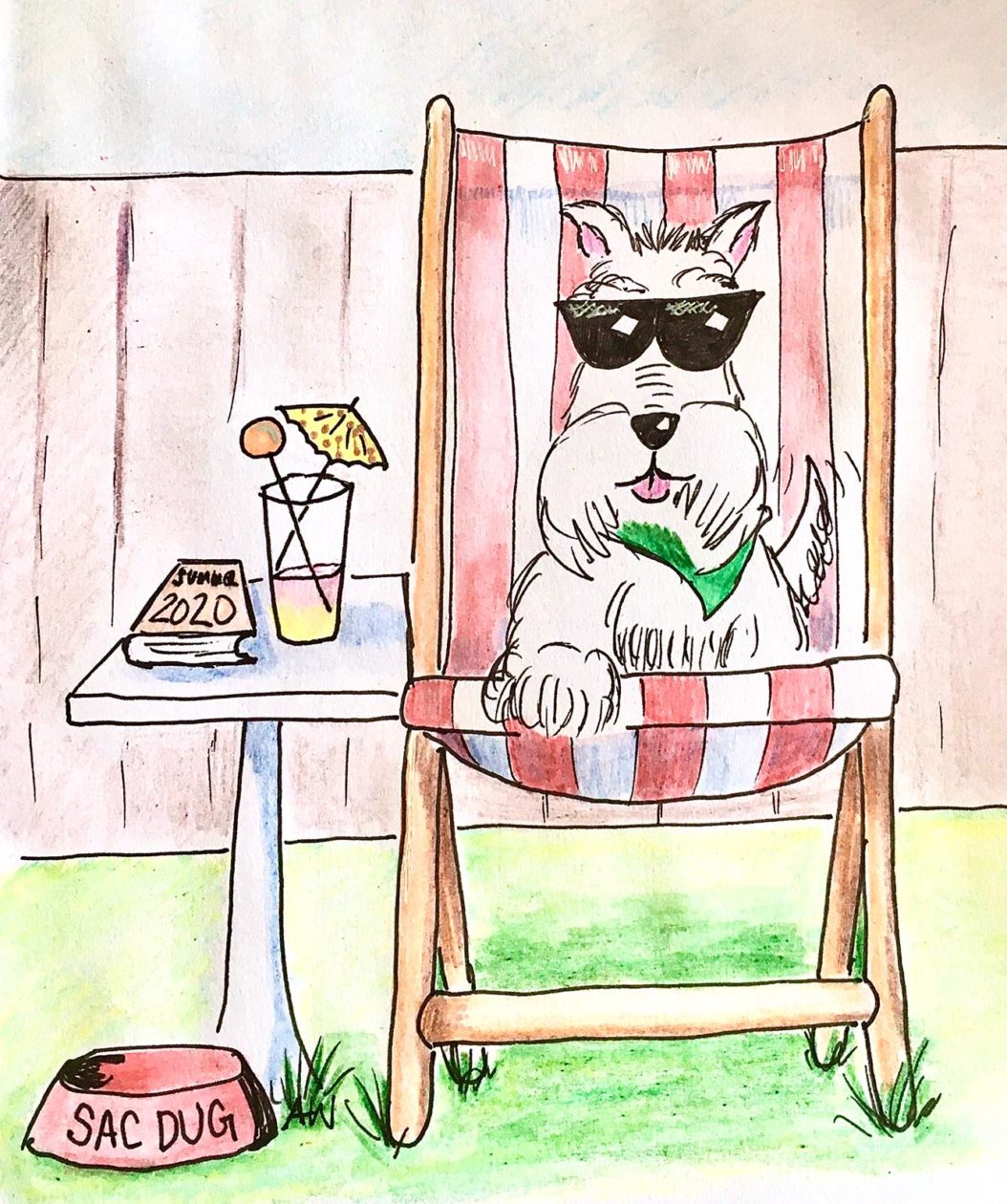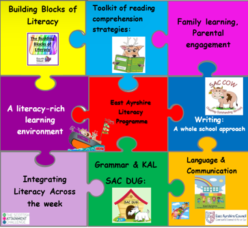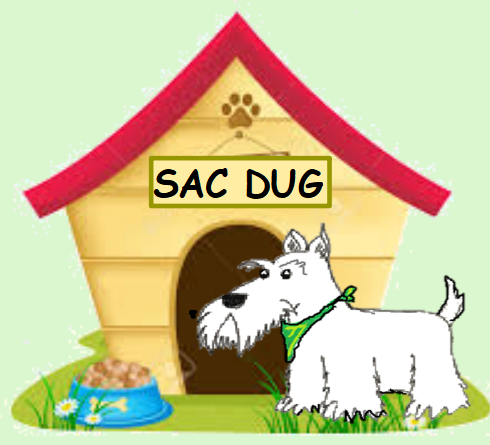September has come and gone and the October break is almost here. The SAC Literacy Team has some new materials and CLPL which have been shared over the term – if you missed them you will find out about them here:
Category: SAC DUG
Scottie – the Attainment Canine: Delivering Understandable Grammar. Introductory lesson ideas (Early to Third level) to support teachers in delivering the Grammar and Knowledge about Language curriculum.
Unpacking SAC DUG
SAC DUG hopes you all enjoyed the long weekend and also the good weather.
The SAC Literacy Team hopes you can join us on MS Teams on Tuesday 22nd September at 15.45 – 17.00 to learn more about SAC DUG
https://teams.microsoft.com/l/meetup-join/19%3ameeting_OGU5YzJlZjgtNDc2MS00Y2M3LWEzNjQtZWQ5OGQ0MjMyZmE4%40thread.v2/0?context=%7b%22Tid%22%3a%22ccd32ca3-16ce-428f-9541-372d6b051929%22%2c%22Oid%22%3a%2209d86f61-9bdc-432f-b8c6-383742f1503d%22%7d
Tap on the link or paste it in a browser to join. Hope to see you then.
SAC DUG
Although textbooks and schemes can provide a structure for the tools for writing elements (spelling, punctuation and grammar) they tend not to provide adequate pedagogy and can lack a relevant context. Teaching in isolation is not as effective as constant reinforcement of skills and knowledge through engaging in high quality text. SAC DUG (Scottie the Attainment Canine: Delivering Understandable Grammar is the Grammar and KAL suite of learning created by the SAC Literacy team) provides structure and context by suggesting links to cross- curricular contexts as well as texts being explored.
A whole school approach to the teaching of punctuation and grammar should focus on creating a language rich environment where correct grammar is modelled by all staff and quality text is read and shared daily. Regular and explicit instruction about how sentences are formed should be provided. The teacher/practitioner models the correct terminology before expecting pupils to use the terms accurately. This can be done through whole class shared reading, group guided reading as well as explicit grammar/language lessons.
SAC DUG follows the Grammar and KAL Progressions on Glow for Stages 1-3 and Stages 4-7.
Building Vocabulary is a key element of the Stages 4/5 and Stages 6/7 ALP Spelling programme and part of this includes ensuring children have good morphological awareness.
Writing
The SAC Literacy Team in East Ayrshire is not promoting any particular writing resource. There should be a whole school approach to writing and as such, the SAC Literacy Team is offering bespoke collegiate session professional learning support to develop your school’s writing curriculum.
All writing should begin with children engaging with quality examples of oral or written text across different genres and for different purposes. This engagement will involve texts being discussed and/or spoken and rehearsed orally before children put pencil to paper. Children will become familiar with a text by imitating its structure and/or substituting elements of the text as their own. They then should orally retell stories using visual prompts. You need to be able to say something before you can write it.
Reading into Writing: Deconstructing a text that is written in the focus genre will allow children the opportunity to to become familiar with the language and organisational features of a text type and genre, before co-constructing the success criteria for their own writing in this genre. The teacher should model writing a short example text (and think aloud as they do this) using the success criteria and tools for writing. See also the recorded session 3 from Stephen Graham: Creating a Balanced Reader and Writer.
Children should have the opportunity to explore and try out their ideas for writing before moving on to written work. Writing may be completed over a few sessions of short bursts or extended periods of time – as appropriate. This will progress to children creating their own texts independently.
It is important that quality examples of model texts (across subjects) should
continue to be shared with pupils as they move into third and fourth level. Pupils need to know what ‘a good one looks like’ regardless of age and stage.
Although textbooks and schemes can provide a structure for the tools for writing elements (spelling, punctuation and grammar) they tend not to provide adequate pedagogy and can lack a relevant context. Teaching in isolation is not as effective as constant reinforcement of skills and knowledge through engaging in high quality text. SAC DUG (the Grammar and KAL suite of learning created by the SAC Literacy team) provides structure and suggests links to cross- curricular contexts as well as texts being explored.
A whole school approach to the teaching of punctuation and grammar should focus on creating a language rich environment where correct grammar is modelled by all staff and quality text is read and shared daily. Regular and explicit instruction about how sentences are formed should be provided. The teacher/practitioner models the correct terminology before expecting pupils to use the terms accurately. This can be done through whole class shared reading, group guided reading as well as explicit grammar/language lessons.
It is important to develop an environment where children are excited to learn how words work. Constantly model an environment of rich spoken and written language. Assess, plan, teach, practise and maintain new learning across the curriculum, not confined solely to literacy teaching.
Vocabulary (both receptive and expressive) is foundational to most aspects of literacy. Throughout the school, we must make a conscious effort to develop a child’s ability to understand and use an increasing breadth and depth of vocabulary. This is done by exposing children and young people to a rich spoken environment as well as reading and hearing good quality text read frequently. Vocabulary is explicitly planned for and taught across all contexts for learning. Word Aware provides a methodology for learning vocabulary in a structured way. The ALP teacher manuals contain more information on word building in the spelling sections for stages 4/5 and 6/7.

 Have a good break.
Have a good break.
